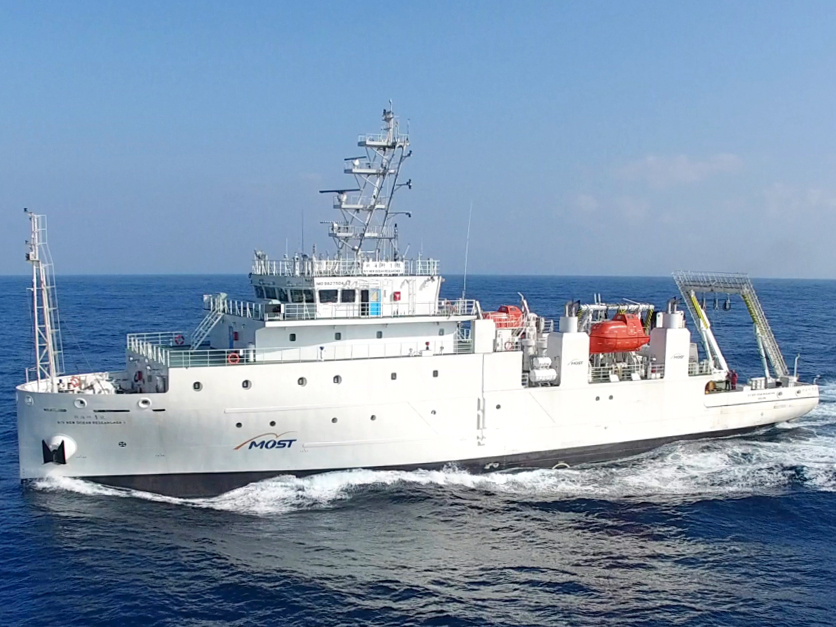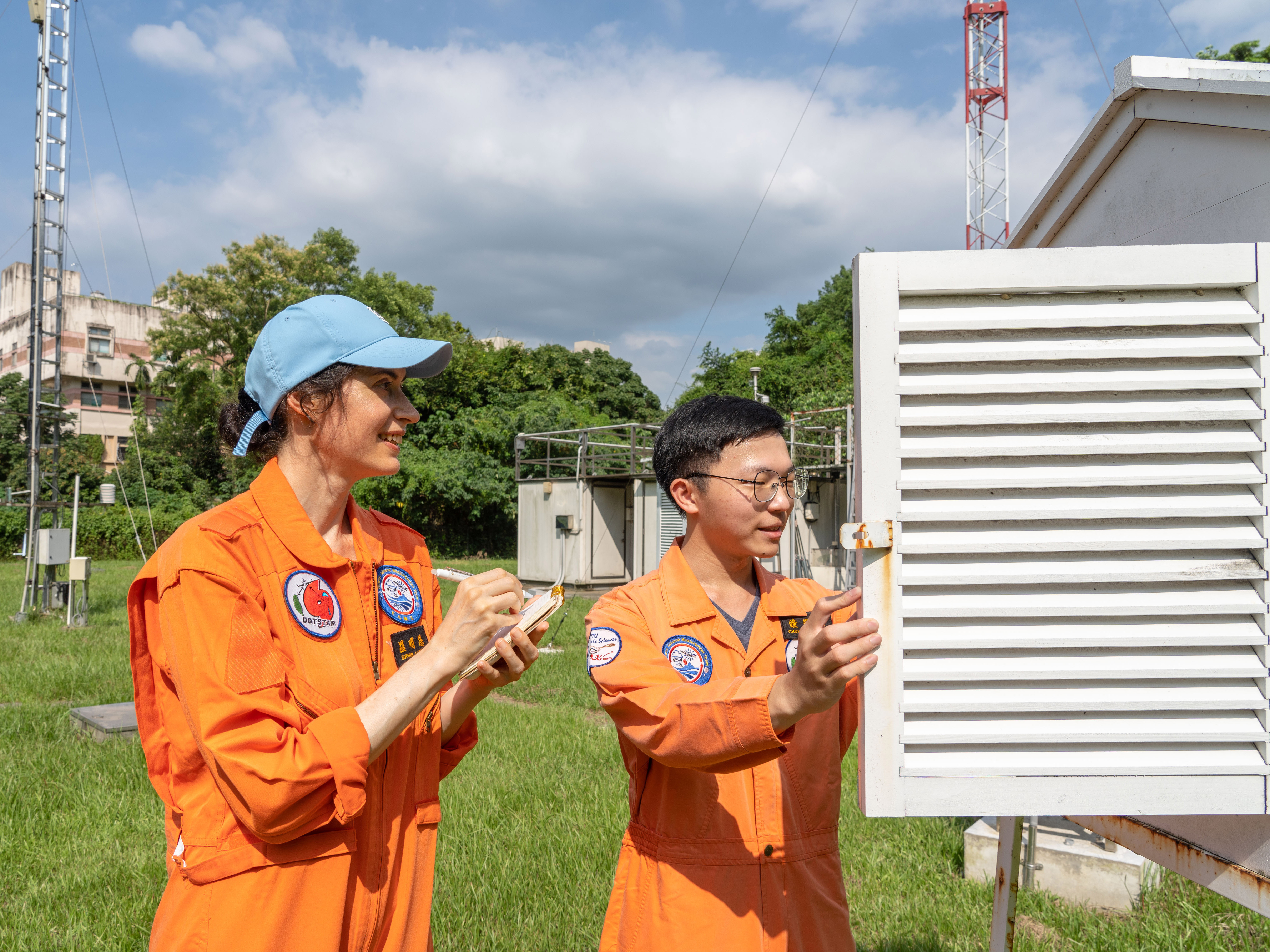Taiwan features a tropical and subtropical climate and is situated at the intersection of the Kuroshio Current and the China Coastal Current. In the summertime, typhoons often bring an abundance of rainfall. Its steep mountainous terrain also makes Taiwan prone to water-related disasters. Due to the escalation in intensity of extreme weather conditions in recent years, there has been a marked increase in typhoon severity and rainfall frequency. Further exacerbating this is the fact that Taiwan is located on the Ring of Fire. As such, the lives and economy of the people in Taiwan are significantly impacted by a wide variety of natural disasters. Various sectors in Taiwan have been making persistent efforts to enhance environmental resilience. The government and private sectors have invested considerable effort in scientific research, disaster prevention, forecasting, emergency response systems, post-disaster reconstruction, and infrastructure reinforcement, with NTU playing a leading role in these critical areas.
In 1997, the National Science and Technology Council (NSTC) of the Executive Yuan launched the National Science and Technology Program for Hazard Mitigation (NAPHM), which was later restructured as the National Science and Technology Center for Disaster Reduction (NCDR) in 2003. The Center’s goals include improving the standards of disaster prevention scientific research, as well as reducing damage from disasters. Various academic and research institutions in Taiwan actively contribute to the Center’s efforts. Relevant departments at NTU are engaged in research and disaster prevention projects initiated by the NSTC and other relevant councils. For many years now, these departments have dedicated themselves to exploring the causes of and predicting typhoons, heavy rainfall, earthquakes, droughts, and other natural disasters. They have also continued to publish a number of significant academic and applied research findings.
The following are a few examples of what these departments have accomplished: (1) The Department of Atmospheric Sciences has been devoted to studying the rapid intensification of typhoons, factors that lead to increased heavy rainfall, and the impact of global warming on future typhoon activity. (2) The Department of Geosciences has improved disaster prevention outcomes through its research on geological material mechanics, tectonics, and measurements. Their research team has also investigated the interactions between oceans, monsoons, and climate change. (3) The Department of Civil Engineering focuses on seismic-resistant construction methods, soil and water conservation, and spatial remote sensing technology. (4) The Graduate Institute of Building and Planning has made multiple contributions to research on post-disaster community reconstruction. (5) The Hydrotech Research Institute is involved in flood prevention, flood risk assessment, and stream straightening. (6) The Department of Bioenvironmental Systems Engineering integrates multi-faceted hydro-meteorological information from neural networks, optimization theory, and system dynamics to effectively manage water and soil resources.
NTU also houses the National Center for Research on Earthquake Engineering and the Center for Weather and Climate Disaster Research, thereby incorporating resources from various interdisciplinary departments to achieve better research outcomes. Meanwhile, numerous NTU scholars have joined relevant disaster prevention agencies and assumed important positions. For example, the director of the NCDR is a professor at the NTU Department of Geosciences, while the deputy director is a Ph.D. graduate of the NTU Department of Atmospheric Sciences. They facilitate coordination, planning, promotion, and integration of disaster prevention and mitigation practices, thereby providing assistance and guidance for the relevant disaster prevention systems and improving their effectiveness. Together, they build a resilient environment for Taiwan and dedicate themselves to addressing nature’s challenges.

Commissioned by the National Science and Technology Council (NSTC), the newest and largest ocean research vessel
R/V New Ocean Researcher 1 has been entrusted to NTU for future operations.

NTU's Ocean Center staff introducing facilities to NOAA visitors.

Prof. Chun-Chieh Wu, Dean, College of Science (left), and Dr. Cheng-Hsiang Chih (right).

Relevant departments at NTU are engaged in research and disaster prevention projects initiated by the NSTC and other relevant councils. For many years now, these departments have dedicated themselves to exploring the causes of and predicting typhoons, heavy rainfall, earthquakes, droughts, and other natural disasters. They have also continued to publish a number of significant academic and applied research findings.